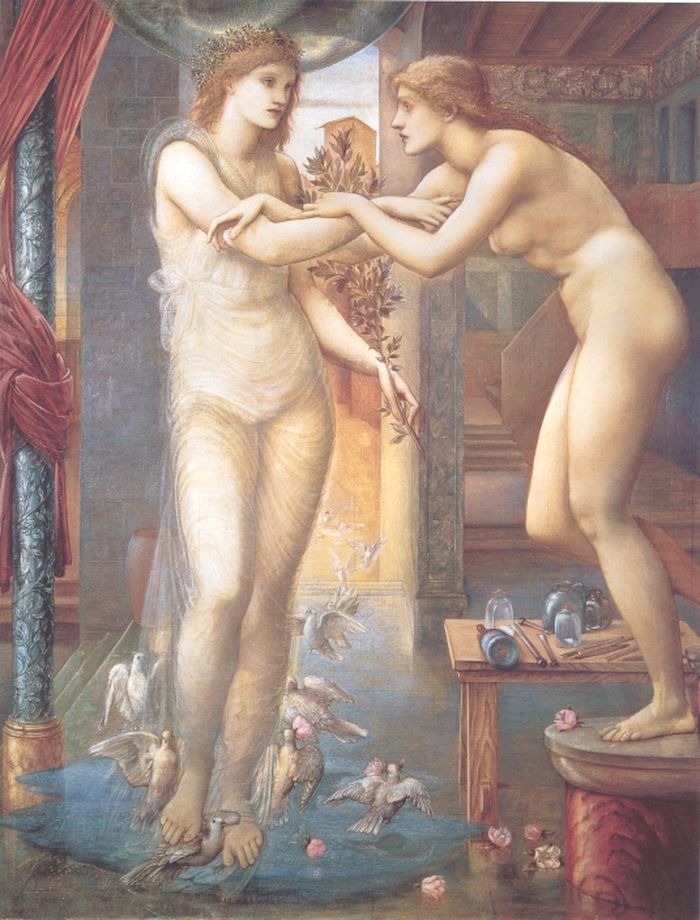Artemisia Gentileschi was a feminist ahead of her time
Helena Heaton delves into the life and works of the 17th century artist Artemisia Gentileschi just as her first major exhibition should have been opening.
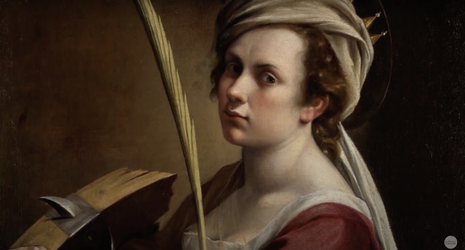
Content Note: This article contains discussion of sexual abuse
The feminist art movement of the 1970s was monumental for kickstarting a new and much-needed approach to the history of art, by criticising the dominant ideology of the western patriarchal canon. As explained by Dr Alyce Mahon in Eroticism and Art (2005), there was a new focus on identity politics, extending from Marxist socialist theory, in which issues of gender, as well as race and class, were interrogated.
Many people will be familiar with the daring and often vulgar images of 70s art in which female artists sought to reclaim their own bodies as artistic subject; artists such as Carolee Schneemann and Lynda Benglis spring to mind. This was the decade in which Linda Nochlin posed the monumental question: ‘Why have there been no great women artists?’
Of course, she was not implying that female artists, or even feminist artists, had not existed before the 70s, but was emphasising the fact that female artists simply had not been represented in the canon. In a now-postponed exhibition at the National Gallery, a phenomenal example of a female artist obscured by the canon for centuries was supposed to be finally given the credit she deserves. Artemisia Gentileschi was a feminist artist ahead of her time.
“Without overtly referencing the female body or sexuality, she asserts that they are both the possession of the individual.”
Born in Rome in 1593, Artemisia was the daughter of artist Orazio Gentileschi, who taught her how to paint at a young age. In a period when female artists were not socially accepted, her paintings were displayed under her father’s name and only due to her father’s enthusiasm for her talent was she able to paint at all.
In 1611, Orazio hired a fellow painter, Agostino Tassi, as a private tutor for his daughter. Tassi, however, raped Artimesia and continued to have sexual relations with her under the guise that, having taken her virginity, he would marry her. Eventually realising that this was not the case, Orazio pressed charges and a seven-month trial ensued in which Artemisia was tortured using thumbscrews and, at the end of which, Tassi was exiled but his sentence was never actually carried out. Today, there remains many misconceptions surrounding the attribution of Artemisia’s paintings, although there’s little doubt about the messages of female empowerment they hold.
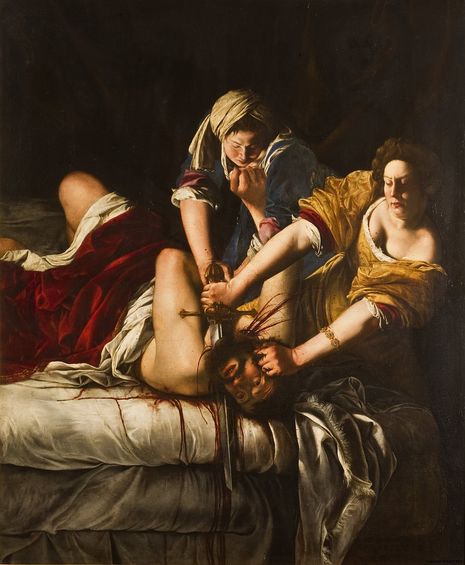
Artemisia’s most famous work, Judith Slaying Holofernes (1610), of which there are two versions differing only in the colour of the protagonist’s dress, depicts an Old Testament tale. A widow named Judith, having discovered plans for the destruction of her home tome, beheads the Assyrian general, Holofernes, when he invites her to his room on account of his desire for her.
Typically, Judith’s maid accompanies her and carries the victim’s head away, but in Artemisia’s depiction, both women are active in attacking Holofernes. The maid presses his chest down and tries to control his flailing arms while Judith holds his head down with one hand and saws his throat with the other. Blood spurts and trickles down the side of the bed with gruesome clarity.
The parallel between Judith and Artemisia’s stories is undoubtable, as they are both victims of male desire and domination, and their lives are shaped by their experience of sexual perversion. The brutality of Artemisia’s painting signifies her retaliation to Tassi’s actions and supports female independence, and cleverly adopts a Biblical tale which ensured it would be well-received and publicly displayed. Without overtly referencing the female body or sexuality, she asserts that they are both the possession of the individual.
In 2016, the Guardian published an article about the piece titled More savage than Caravaggio, comparing Artemisia to Caravaggio, who is understood to be the primary stylistic influence on her and her father. Although acknowledging the symbolic significance of the painting’s feminist subject, this comparison overlooks the fact that Artemisia lived a unique artistic life, and almost demonises her feminist motive with the negative connotations of savagery.
The critical theories of the feminist movement progressed in the 1980s, and one of the most significant was Laura Mulvey’s analysis of the Gaze within culture and art in her Visual and Other Pleasures of 1989. Extending from Freudian theory, she asserted that imagery of women has been constructed in a way that makes them vulnerable to the objectifying gaze of men, and in a way that welcomed, or even invited, scopophilia. Put simply, female bodies were objectified by male artists for the pleasure of male spectators.
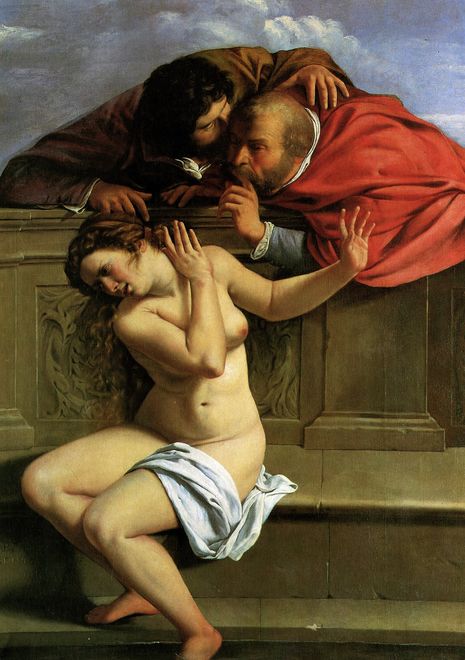
Artemisia’s depiction of another religious tale and a popular Renaissance subject, Susanna and the Elders, was thought to be by her father until relatively recently, and objects against the gender balance constructed by the Gaze long before the theory of the power of looking was formulated. Comparing Artemisia’s version with Tintoretto’s, in which Susanna is oblivious to the perverted gazes of the elders who subsequently threaten to rape her, Artemisia depicts the young innocent protesting against their prepositions. She twists her body away from the two men, pulling a face of disgust and raising her hand to shield herself from their gazes.
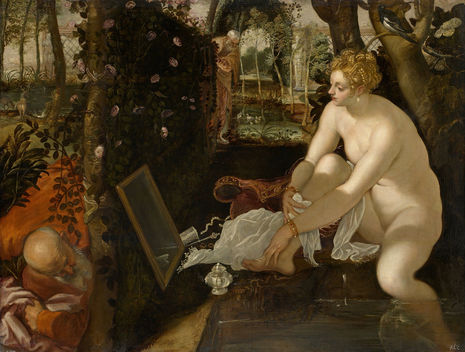
By simply making Susanna conscious of the voyeurs, the artist raises her from victim to heroine. Through this character, Artemisia expresses not only her personal experience of victimisation, but highlights the rights of all womankind and projects a female war-cry that demands respect.
The National Gallery’s Artemisia exhibition was supposed to be open now. No doubt visitors would have been marvelling at the empowering narratives found in every painting, in addition to the incredible painterly skills. It is certainly time to tell and celebrate the story of this heroine of art history. We can only hope that once the National reopens, it will do her justice.
 Comment / The (Dys)functions of student politics at Cambridge19 January 2026
Comment / The (Dys)functions of student politics at Cambridge19 January 2026 News / Local business in trademark battle with Uni over use of ‘Cambridge’17 January 2026
News / Local business in trademark battle with Uni over use of ‘Cambridge’17 January 2026 Arts / Exploring Cambridge’s modernist architecture20 January 2026
Arts / Exploring Cambridge’s modernist architecture20 January 2026 Features / Exploring Cambridge’s past, present, and future18 January 2026
Features / Exploring Cambridge’s past, present, and future18 January 2026 News / Your Party protesters rally against US action in Venezuela19 January 2026
News / Your Party protesters rally against US action in Venezuela19 January 2026

